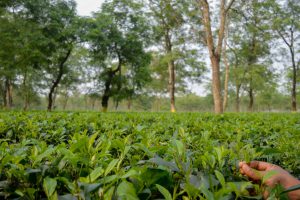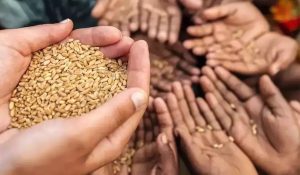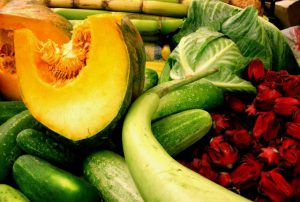Agriculture activities in May, when rural India saw the worst of the pandemic, remain at a bare minimum, Ramesh Chand, Niti Aayog member, said.
Niti Aayog member (agriculture) Ramesh Chand on June 6 said the second COVID-19 wave will not impact the Indian agriculture sector in anyway as rural areas saw spread of infections in May when agriculture activities remained at bare minimum.
“COVID-19 cases started spreading in the rural areas in the month of May…and agriculture activity in the month of May is bare minimal, particularly land-based activities,” he added. “…it (May) is a peak summer month and no crop is sown, no crop is harvested except some vegetables and off-season crops,” Mr. Chand further explained.
Agriculture activity, Mr. Chand said, peaks in the month of March or middle of April, after which it comes down significantly and again peaks with the arrival of monsoon.
“So, even if there is less availability of labor in the month of May till mid-June, I don’t think that will impact agriculture in any way,” Mr. Chand said.
On being asked why India is not self-sufficient in pulses production, he said there was need to increase pulses’ area under irrigation and that would make a lot of difference in production and stability in prices.
He added that “in India, our subsidy policy, our price policy, technology policy, have remained too much in favour of rice and wheat and sugarcane. So I strongly believe that along with the technological breakthrough, we need to make our procurement, our MSP favourable for pulses”.
Mr. Chand said the agriculture sector will grow more than 3% in 2021-22. The farm sector grew at 3.6% in the last fiscal. India’s economy contracted by less-than-expected 7.3% in the fiscal year ended March 2021 after the growth rate picked up in the fourth quarter, just before the world’s worst outbreak of coronavirus infections hit the country.
source: https://www.thehindu.com/





